
Viewpoints | Oct 14,2023
Mar 16 , 2024
By Rebecca Ray , Ulrich Volz
Emerging economies are on the front lines of climate change, yet they face a 2.4 trillion dollar annual bill to meet their climate goals. With over half already at high risk of debt distress, their challenge borders existential threat. The world must rally to provide targeted debt relief and innovative financing solutions, argue Rebecca Ray, a senior academic researcher at the Boston University Global Development Policy Center, and Ulrich Volz, a professor of economics and Director of the Centre for Sustainable Finance at SOAS, University of London, in this commentary provided by Project Syndicate (PS).
Emerging-market and developing economies (EMDEs) will need an estimated 2.4 trillion dollars in climate investment annually to meet climate goals, according to the Independent High-Level Expert Group on Climate Finance. One trillion dollars would have to come from external sources. Achieving the United Nations Sustainable Development Goals (SDGs) will require even more financing: an annual increase of 3.5 trillion dollars in new investments by 2030. These are daunting figures. But they are also non-negotiable.
Raising trillions of dollars in new external finance would be difficult at the best of times. It is even trickier when the world is facing an escalating debt crisis. After examining newly available data on 108 EMDEs, the Boston University Global Development Policy Center found that more than half – 62 countries – are already at high risk of debt distress. An additional 33 countries are severely constrained in their ability to access capital markets, owing largely to poor economic growth prospects following the COVID-19 pandemic, advanced-economy interest-rate hikes, and below-investment-grade bond ratings.
The vast majority of EMDEs are thus facing debt distress or prohibitively high borrowing costs. However, these are precisely the countries that most need financing to meet climate and development goals. Of these 95 countries, 83 have higher needs for investment in climate-change mitigation (lowering emissions) or adaptation (building resilience against extreme weather events) than the typical (median) country.
And 73 of them have more potential to expand their national protected areas, either on land or in their coastal waters, than the typical country.
A fundamental problem is that investments in protecting nature do not necessarily boost short-term economic growth. Instead, they build long-term resilience – including a greater ability to withstand extreme weather events like hurricanes and droughts – thereby making future crises less likely. This includes future debt crises: climate vulnerability and nature loss can undermine debt sustainability, and climate change increases sovereign risk and the cost of capital.
To break the cycle of environmental and economic crises, and move toward a new cycle of sustainable growth, countries must invest now. Any strategy for addressing climate change and delivering on the SDGs must include measures to lower barriers to new finance, including targeted debt relief and more creative financing arrangements.
Debt relief is unavoidable. An ambitious debt-relief initiative akin to the Highly Indebted Poor Countries Initiative (HIPCI), which the International Monetary Fund (IMF) and the World Bank established in 1996, should be created to provide meaningful debt relief for the dozens of countries facing full-blown sovereign debt crisis.
For this to work, all creditors must actively participate. To understand why, consider that at least half of the total external sovereign debt stock in 27 debt-distressed countries – many low-income countries or small island developing states – is owed to multilateral creditors. Even if all bilateral and private debt were cancelled, some of the world's most vulnerable countries would remain weighed down by debt.
Major creditors must also take steps to reduce the cost of capital for certain types of investments, such as those that advance climate goals. Many proposals have already been put forward. For example, Sustainable Future Bonds may allow longer repayment terms and lower interest rates, making them better suited for investments with longer-term payouts. Multilateral development banks (MDBs) also have an important role to play in providing EMDEs with easier access to capital. They can raise the threshold for countries to access concessional lending, pursue capital increases that support higher lending, and work with governments and the private sector to reduce and share risks.
Making financing for climate action and conservation affordable is among the world's most urgent challenges. The solution is clear: a combination of targeted debt relief, credit enhancements, and MDB reform. But so far, there has been a lack of will to implement it. If this does not change soon, we will learn firsthand that the costs of inaction far outweigh the costs of prevention.
PUBLISHED ON
Mar 16,2024 [ VOL
24 , NO
1246]

Viewpoints | Oct 14,2023

Commentaries | Dec 19,2021
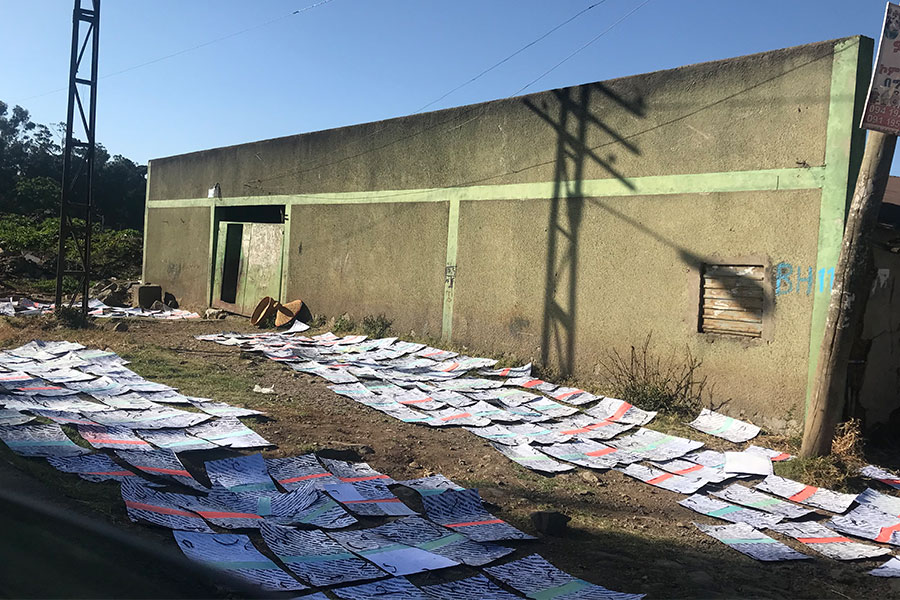
Radar | Dec 10,2018
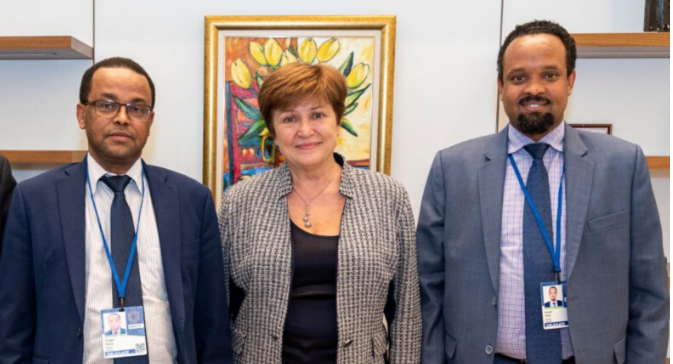
Fortune News | Dec 14,2019

Fortune News | Jul 02,2022
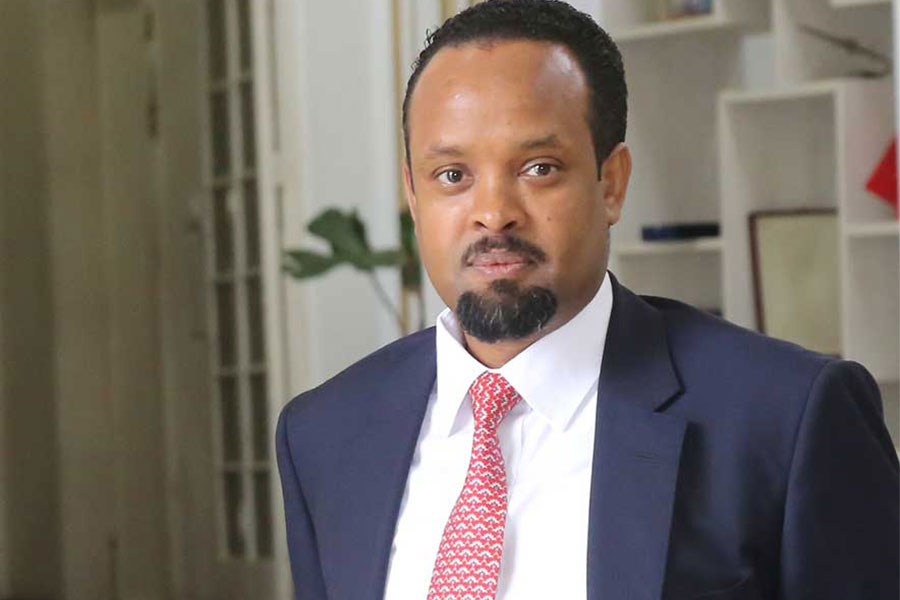
Fortune News | Jun 11,2022

Fortune News | May 21,2022

Viewpoints | Aug 05,2023

Viewpoints | Dec 09,2023
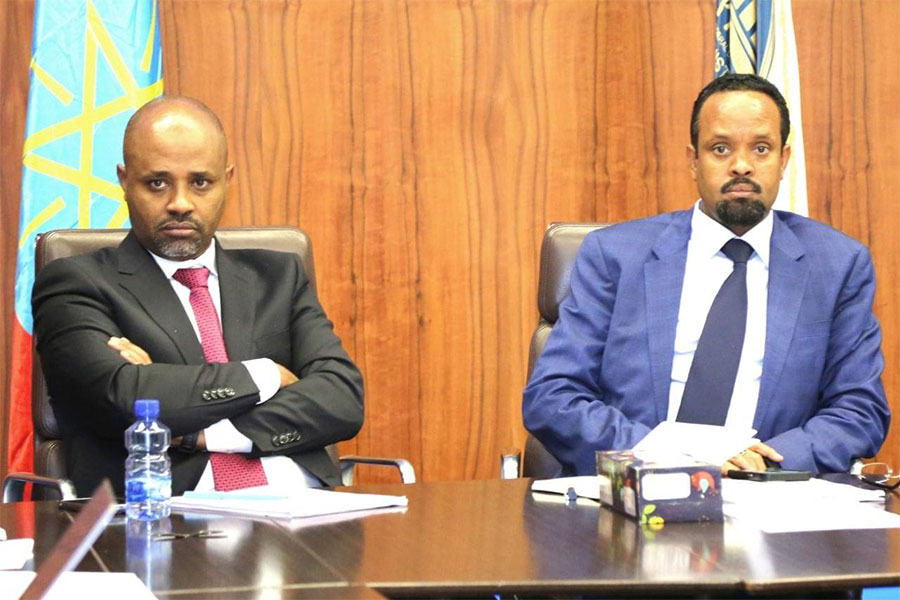
Fortune News | May 14,2022

Photo Gallery | 96866 Views | May 06,2019

Photo Gallery | 89085 Views | Apr 26,2019

My Opinion | 67207 Views | Aug 14,2021

Commentaries | 65775 Views | Oct 02,2021

Feb 24 , 2024 . By MUNIR SHEMSU
Abel Yeshitila, a real estate developer with a 12-year track record, finds himself unable to sell homes in his latest venture. Despite slash...

Feb 10 , 2024 . By MUNIR SHEMSU
In his last week's address to Parliament, Prime Minister Abiy Ahmed (PhD) painted a picture of an economy...

Jan 7 , 2024
In the realm of international finance and diplomacy, few cities hold the distinction that Addis Abeba doe...

Sep 30 , 2023 . By AKSAH ITALO
On a chilly morning outside Ke'Geberew Market, Yeshi Chane, a 35-year-old mother cradling her seven-month-old baby, stands amidst the throng...
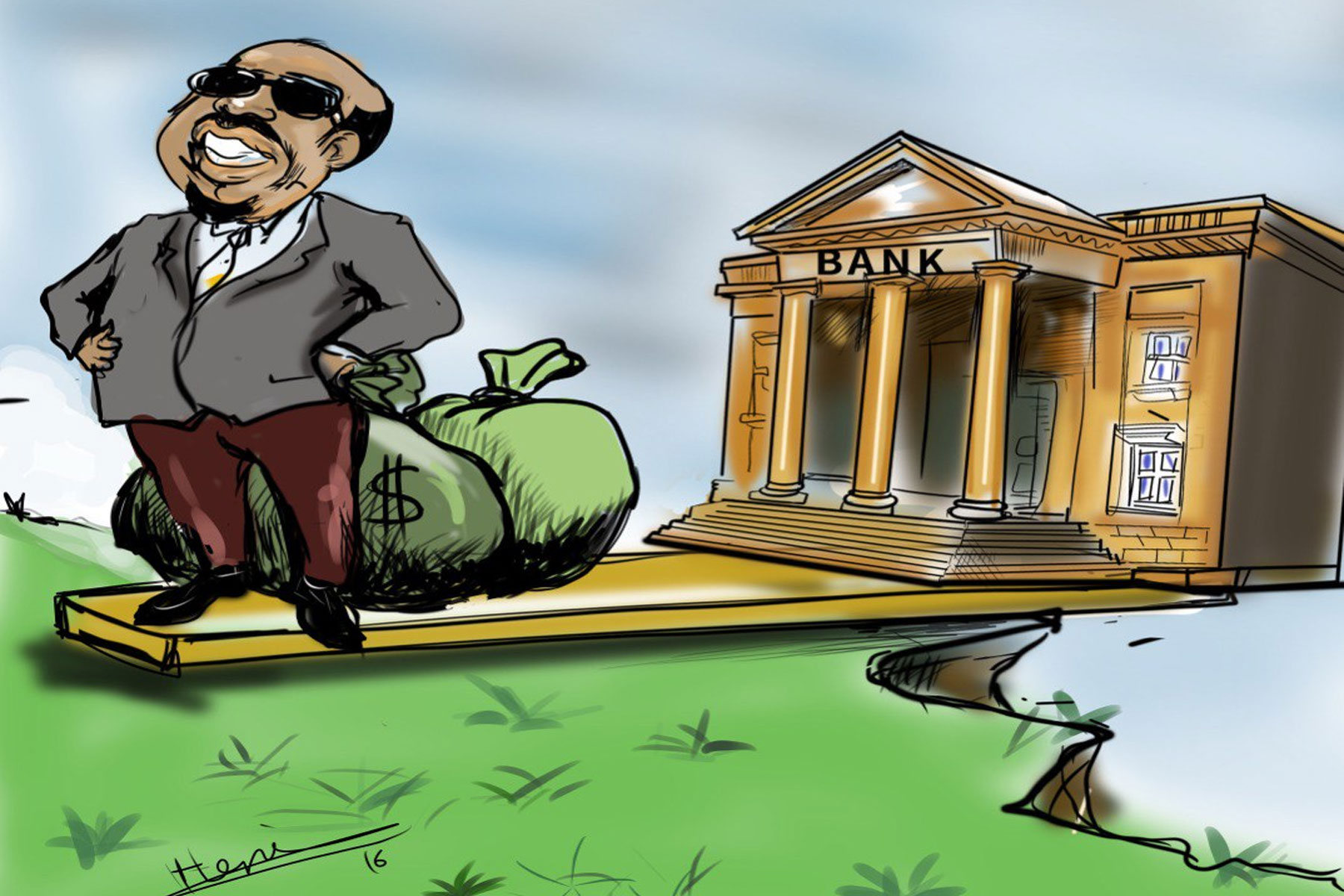
Apr 20 , 2024
In a departure from its traditionally opaque practices, the National Bank of Ethiopia...

Apr 13 , 2024
In the hushed corridors of the legislative house on Lorenzo Te'azaz Road (Arat Kilo)...

Apr 6 , 2024
In a rather unsettling turn of events, the state-owned Commercial Bank of Ethiopia (C...
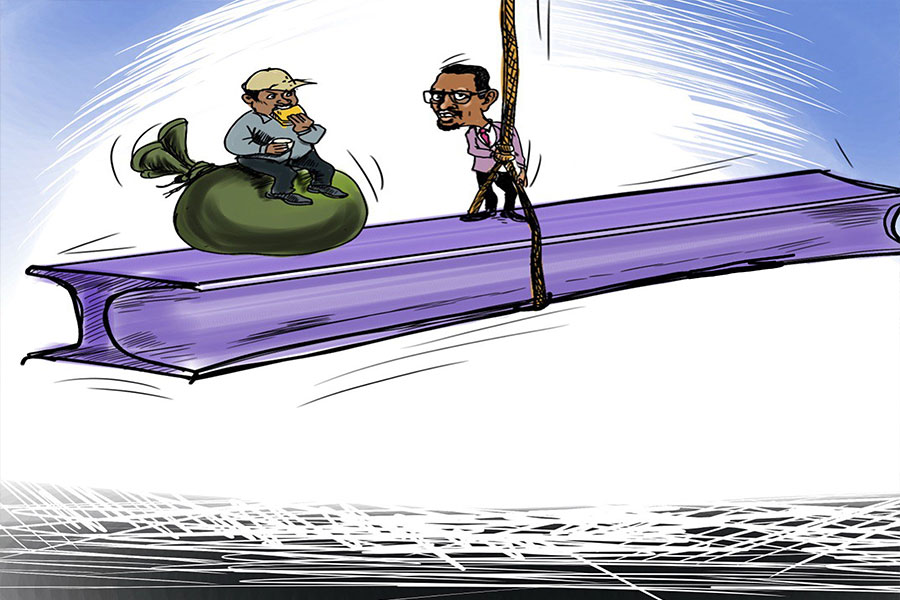
Mar 30 , 2024
Ethiopian authorities find themselves at a crossroads in the shadow of a global econo...
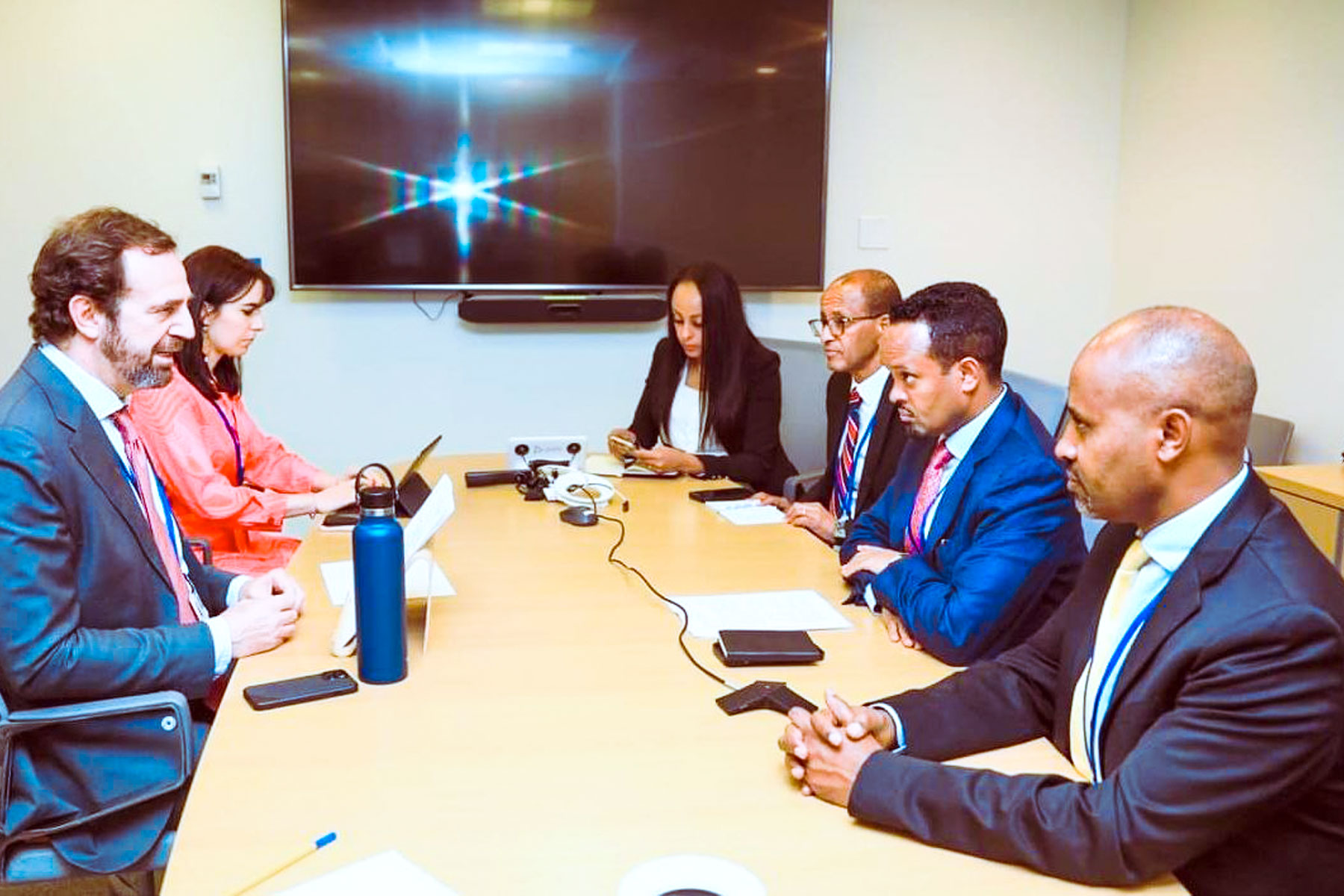
Apr 20 , 2024
Ethiopia's economic reform negotiations with the International Monetary Fund (IMF) are in their fourth round, taking place in Washington, D...
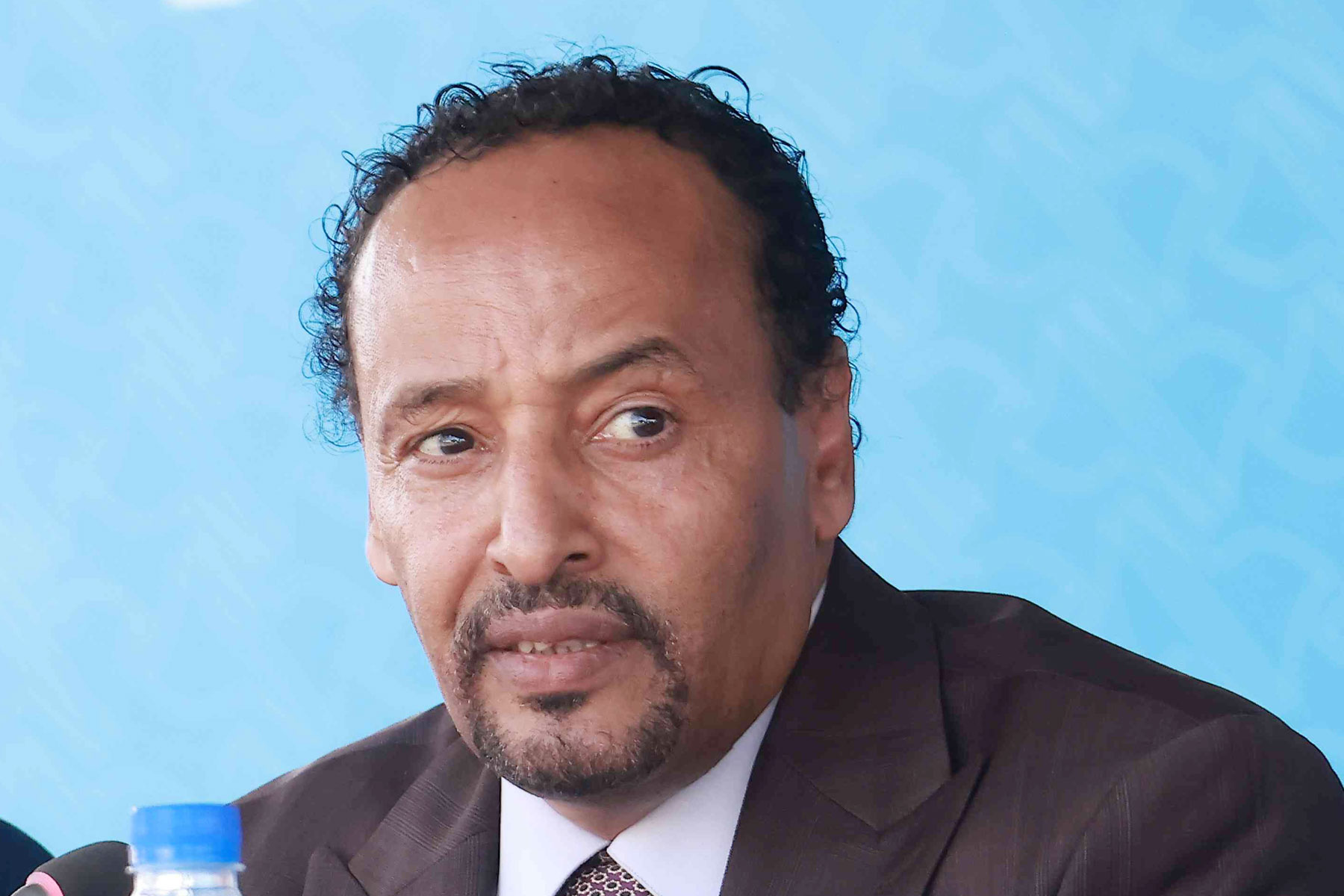
Apr 20 , 2024 . By BERSABEH GEBRE
An undercurrent of controversy surrounds the appointment of founding members of Amhara Bank after regulat...
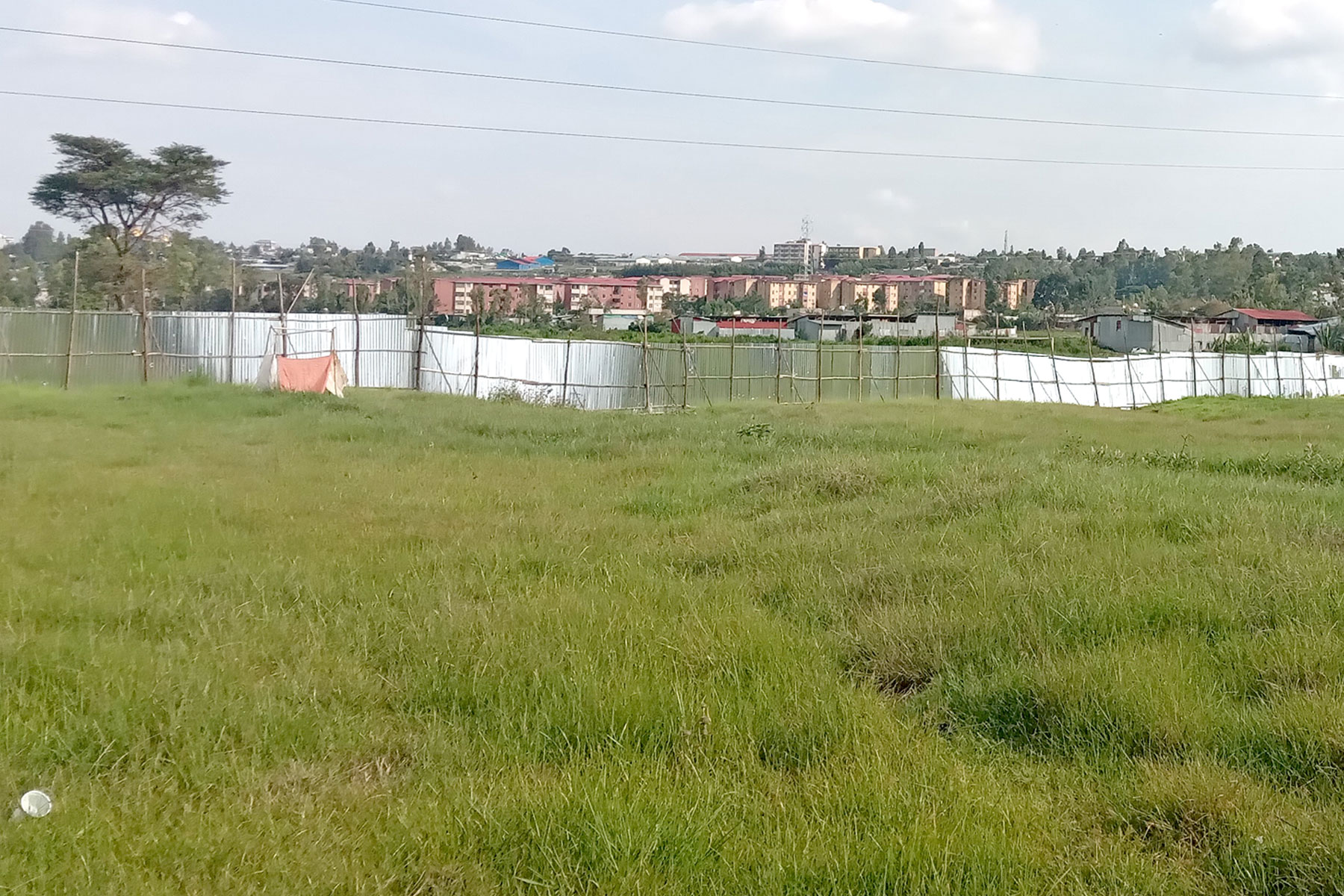
An ambitious cooperative housing initiative designed to provide thousands with affordable homes is mired...
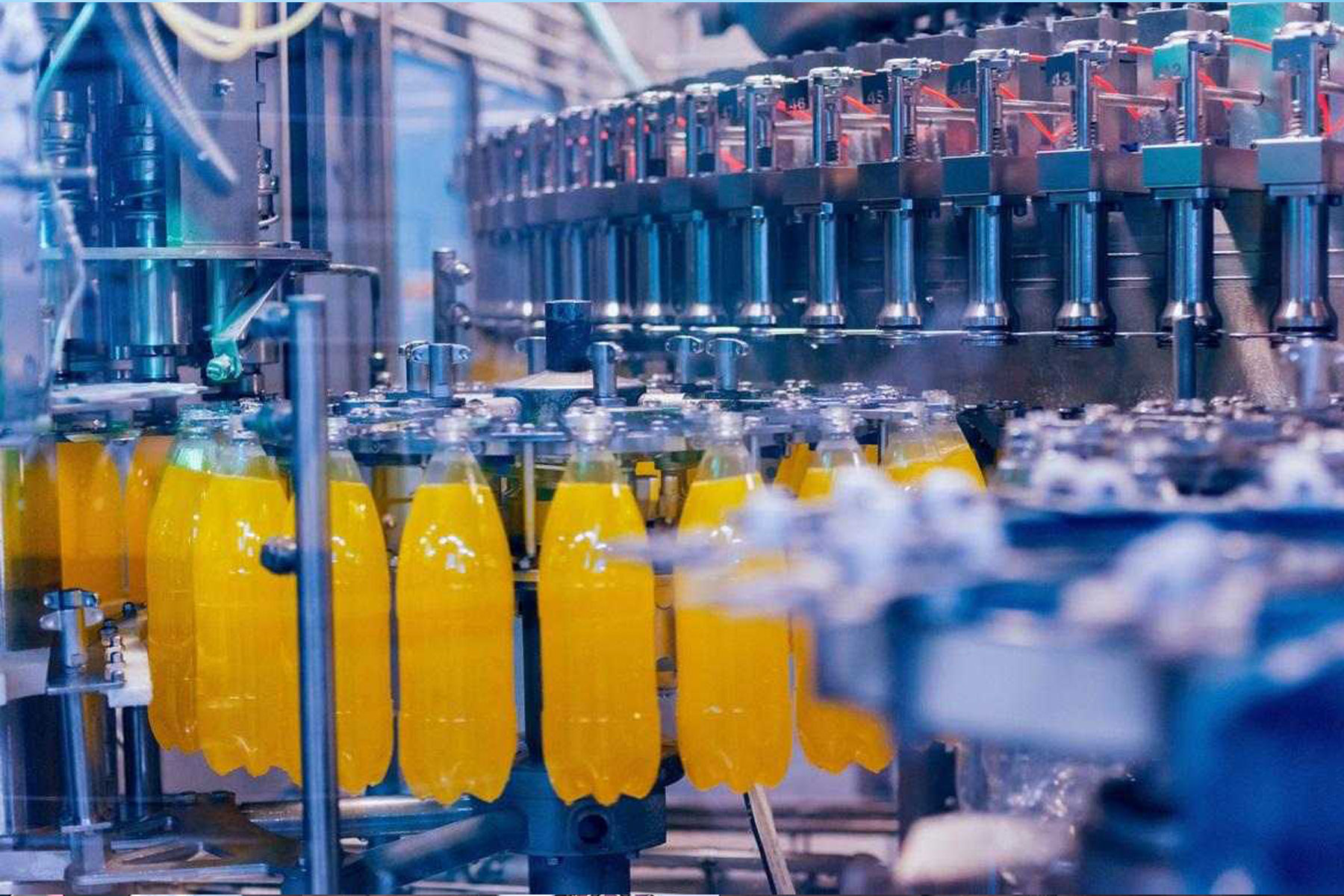
Apr 20 , 2024 . By AKSAH ITALO
Ethiopia's juice manufacturers confront formidable economic challenges following the reclassification of...